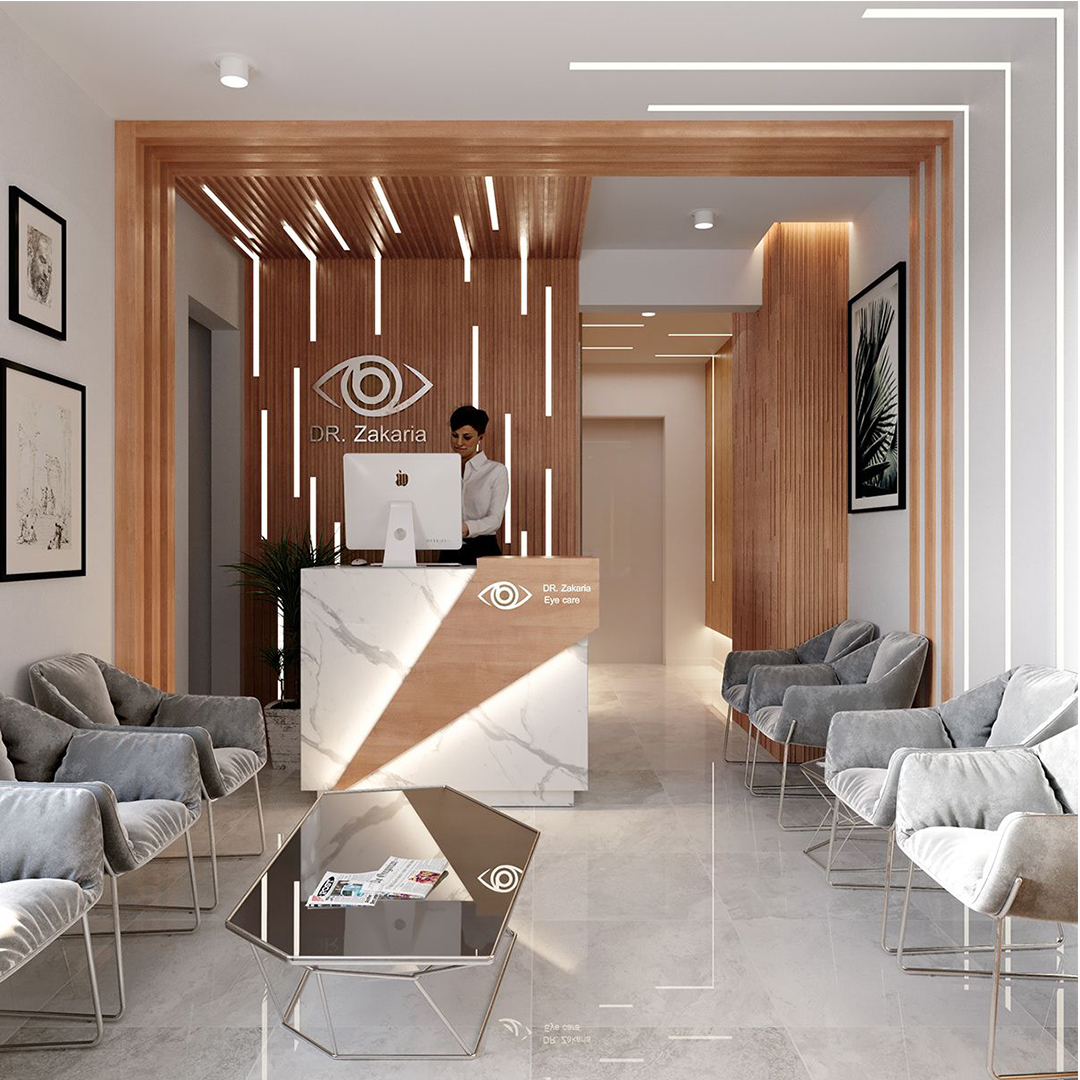According to Hamshahri Online, ISNA, citing Innovation Origins, “retinitis pigmentosa” is a congenital eye disorder that occurs in people between the ages of 30 and 50, about 30,000 to 40,000 people in Germany and about three million people worldwide. They suffer from this disease.
This disease starts with night blindness and narrowing of the field of vision, vision gradually deteriorates and it may even lead to blindness.
In macular degeneration, the macula (yellow spot) in the retina is destroyed and this causes vision problems for patients. For example, people with this condition have difficulty reading.
People with macular degeneration usually do not become completely blind. Even if sufferers do not become completely blind, their quality of life is significantly reduced as a result of this visual impairment. The more these diseases progress, the ability of the eyes to cope with sufficient ambient light decreases.
German researchers from the Fraunhofer Soest Center and the Faculty of Electrical Engineering of the Südwestfalen University of Applied Sciences hope to improve patients’ vision by using LED lamps that individually adjust the contrast and amount of blue light in the light for each patient.
By adjusting the light intensity, i.e. the contrast created and the blue part of the light spectrum, it is possible to improve people’s visual performance.
Accordingly, one of the ways to adapt this light is to use edge filters or blue light blockers. However, so far there have been technical limitations to changing the spectrum of light sources, especially fluorescent lamps, in this way. But now scientists
The Germans want to develop a new solution as part of the “MakULA – Make Your Light Adapted” project.
* Gene therapy of one eye and vision of both eyes
Professor Stefan Schweizer, professor of electrical engineering at South Westphalia University of Applied Sciences, said: Now only LED lamps can help us in this field. “We can specifically limit the spectrum of light they emit.”
In the first step, scientists want to produce an LED lamp with a consistent color spectrum. To do this, they combine an off-the-shelf LED light bulb with optical filters. They said that the spectrum of light emission is adjusted by choosing and installing a suitable filter to finally create the impression of a white color. In the second step, the emission spectrum of an LED lamp is adjusted electronically. The changes required for this are technically much more than installing a color filter, but its potential and efficiency are higher.
The evaluation of the application of the lamp will be done at the LWL vocational training center. LWL Vocational Training Center President Christophe Marquette said: A sample will be used to investigate the effect of different light frequency characteristics on vision, contrast sensitivity and visual stress tolerance in affected people. Eye test and measurements will be done using vision test charts under different modified lights. According to the researchers, depending on the disorder or progress of the disease, the environment equipped with these lights should cause the patients to recover and reduce their suffering.
The “Waltraut and Sieglinde Hildebrandt” Foundation has provided the budget (10 thousand euros) for this project.
The effect of LED lamps on improving eyesight

16
مرداد
